Introduction
Positioned in the foothills of the majestic Himalayas, Uttarakhand’s culinary tradition is as varied and heartfelt as its breathtaking landscapes. From the snow-covered summits of Garhwal to the undulating valleys of Kumaon, the cuisine here is straightforward, seasonal, wholesome—and profoundly linked to the land and its inhabitants. Uttarakhand on a Plate: Exploring the Local Flavors of the Himalayas is a journey into rustic kitchens, traditional cooking methods, and recipes passed down through generations. Dishes like Kafuli (a spinach-based delicacy), Phaanu (a protein-rich lentil dish), and Bhatt ki Churdkani reflect the wisdom of mountain living, where food is crafted for both taste and sustenance.
What makes Uttarakhand on a Plate: Exploring the Local Flavors of the Himalayas truly fascinating is the use of local ingredients such as mandua (finger millet), jhangora (barnyard millet), gahat (horse gram), and fresh mountain herbs. These age-old staples not only provide nutrition but also reflect the sustainable lifestyle of the people who have lived in harmony with their environment for centuries. Street food like Aloo ke Gutke and sweets such as Bal Mithai add another layer of flavor to this Himalayan food trail.
Whether you are savoring a homely meal in a Garhwali village or enjoying Kumaoni delicacies during a festive celebration, Uttarakhand on a Plate: Exploring the Local Flavors of the Himalayas is an experience that connects you deeply with the region’s culture and traditions. In this blog, we’ll guide you through the must-try dishes, where to find them, and how the culinary practices of the region are evolving while still preserving their authentic charm. If you’re a foodie with a love for culture, Uttarakhand on a Plate: Exploring the Local Flavors of the Himalayas promises a memorable and delicious journey.
The Roots: Geography, Climate & Culinary Philosophy
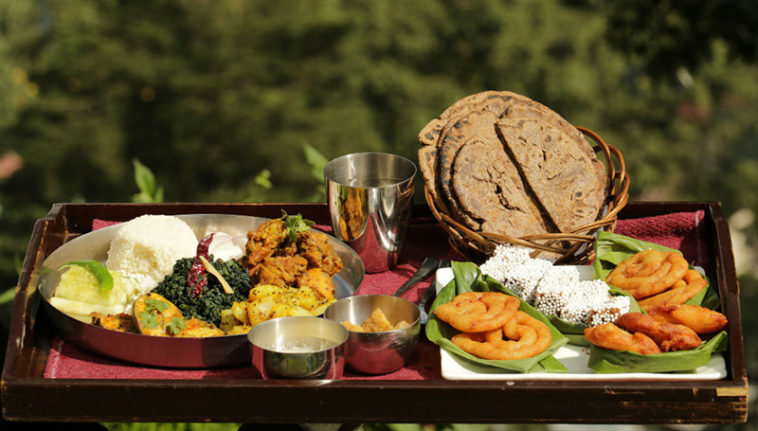
Uttarakhand consists of two primary areas—Garhwal and Kumaon—each having its distinct food culture. Due to the mountainous terrain and harsh winters, local cooks depend on locally grown pulses, millets, greens, wild herbs, and minimal spices, yielding meals that are wholesome and warming. Iron utensils like kadai or handi are commonplace in cooking thicker dals and saags, preserving nutrients and imparting earthy flavors.
Cooking often involves simple tempering—jakhya (a local seed grown in hills), ginger, garlic, turmeric and occasionally mustard oil or ghee. Salt traditionally came from Tibet, so locals invented pisi loon—salt blended with herbs and chilies—to stretch it further and add zest.
Staples & Specialities: A Tour of Must‑Try Dishes
🥬 Kafuli (or Kaapa)
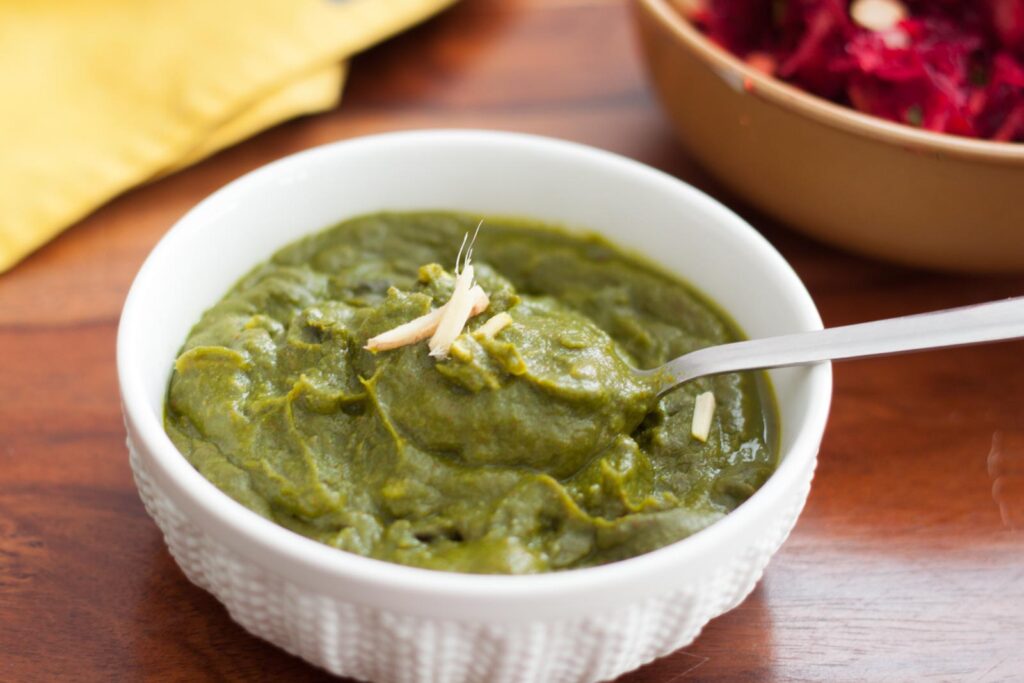
Perhaps Uttarakhand’s most celebrated dish, kafuli is a thick, hearty saag made from spinach and fenugreek leaves, cooked with garlic, ginger, and rice paste. Rich, earthy, and slightly bitter, it’s traditionally served with steaming rice or millet rotis—Mandua ki Roti.
🥔 Aloo ke Gutke
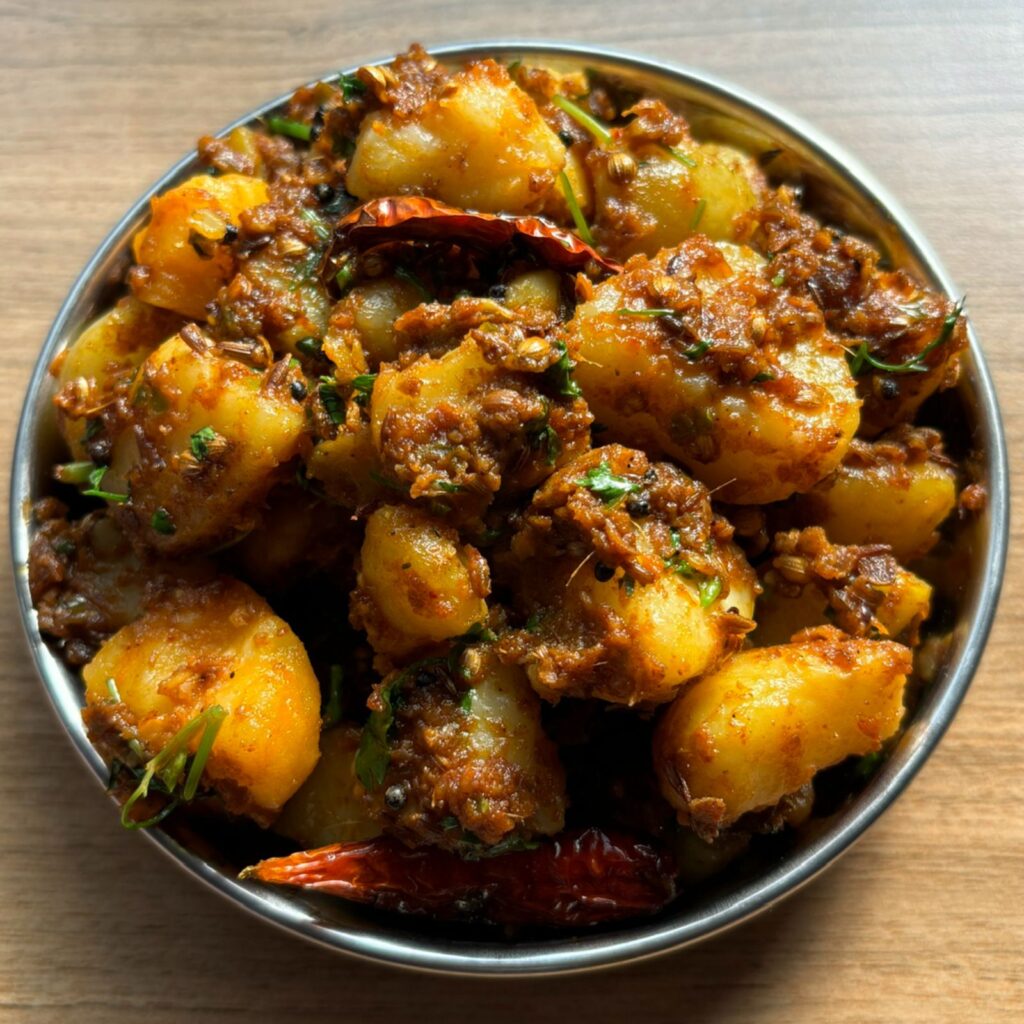
A beloved snack and accompaniment, gutke is simple: boiled potatoes chopped or crushed, tossed in spicy tempering of jakhya, chili, mustard oil, coriander and turmeric. Crisp, tangy, and aromatic—enjoyed widely across Garhwal and Kumaon.
🌾 Chainsoo / Garhwal Ka Fannah
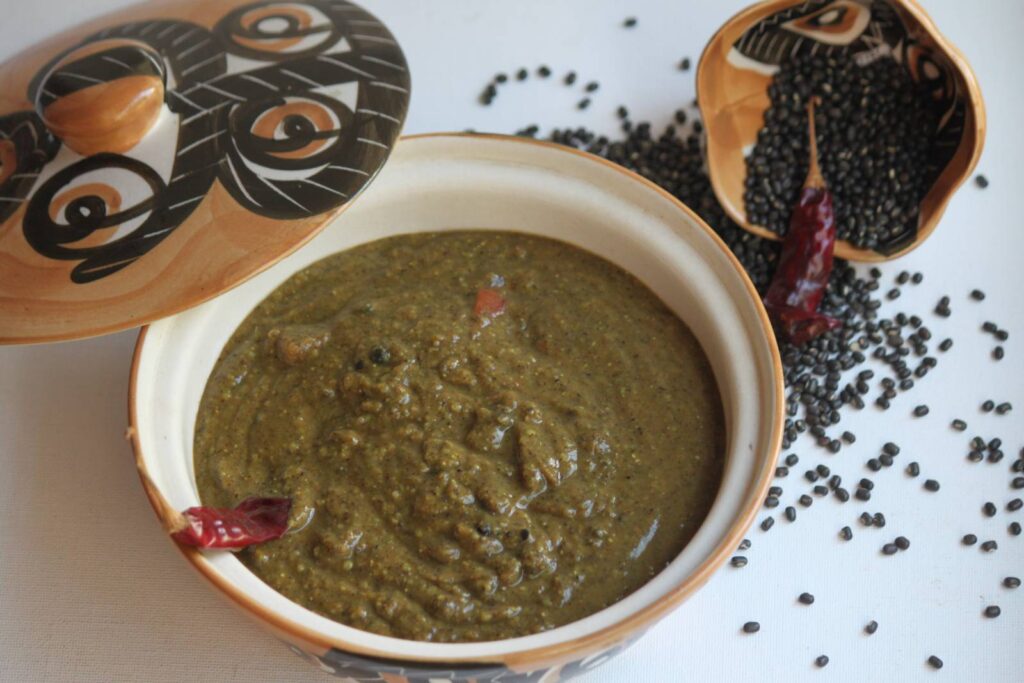
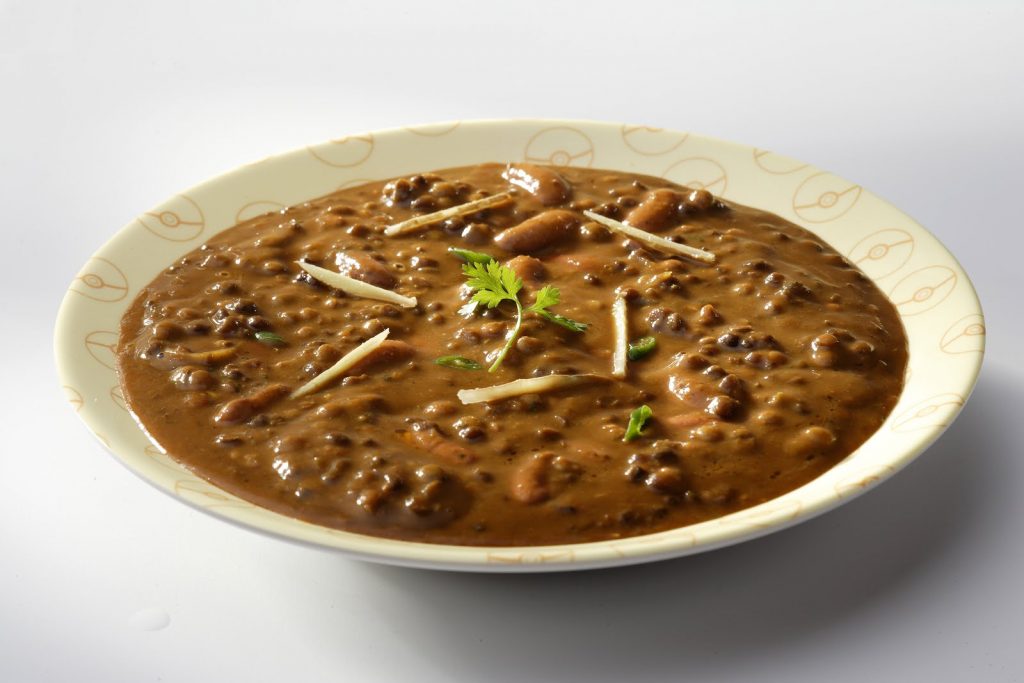
This is a roasted urad dal dish. For chainsoo, black gram is dry‑roasted, ground into a paste, and cooked into a thick curry—smoky, protein‑rich, with bold, earthy notes. In Garhwal, a similar dish—Garhwal ka Fannah—is made from black gram and spices, served during festivals and winter feasts.
🍛 Phaanu
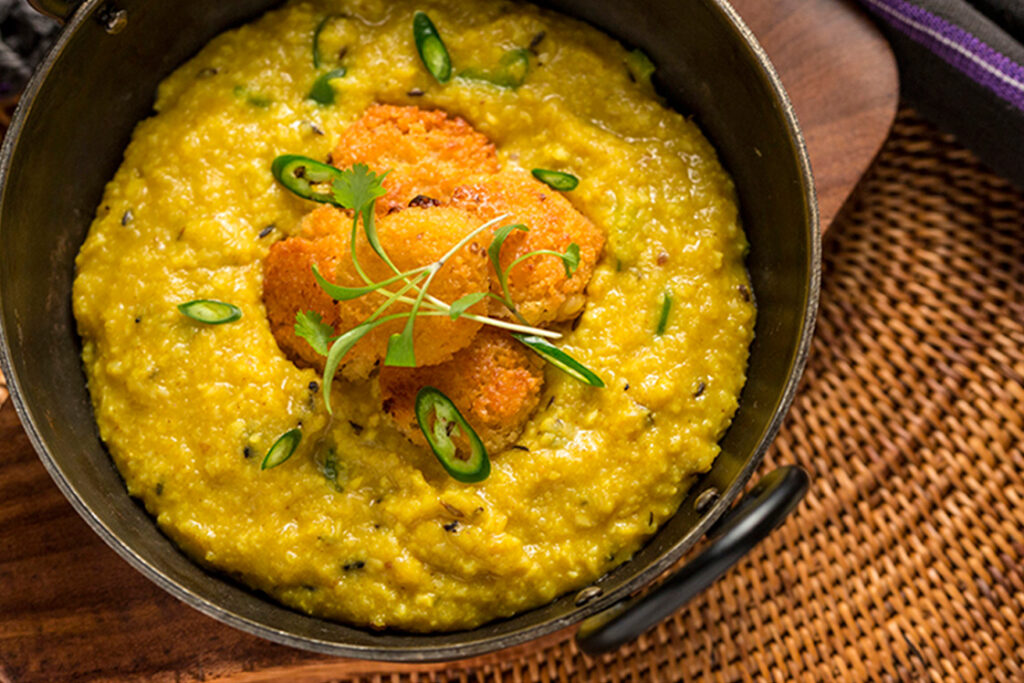
A Garhwali classic, phaanu is a thick, soupy lentil mix made from multiple soaked dals (like horse gram, chainsoo, moong) ground into batter. Half is sometimes shaped into small patties and fried; the rest is cooked into a soup served with rice. Nutty, fulfilling, and deeply comforting.
🫘 Gahat ki Dal / Bhatt Ki Churkani / Dubuk
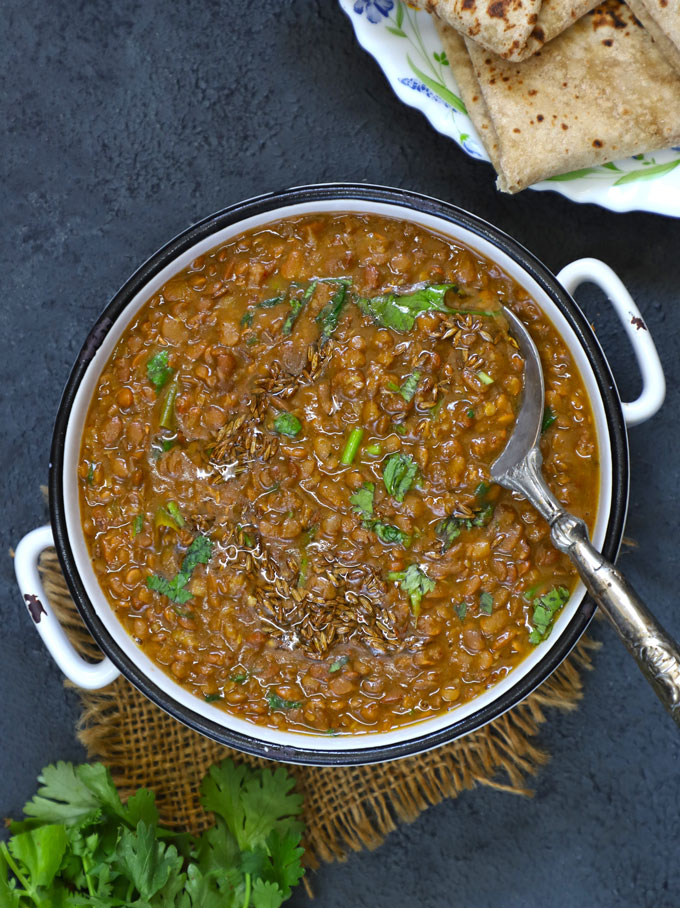
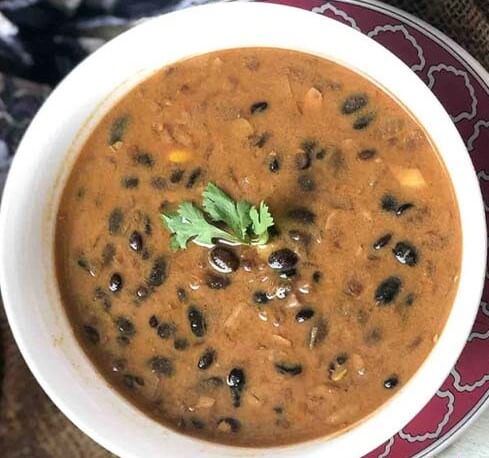
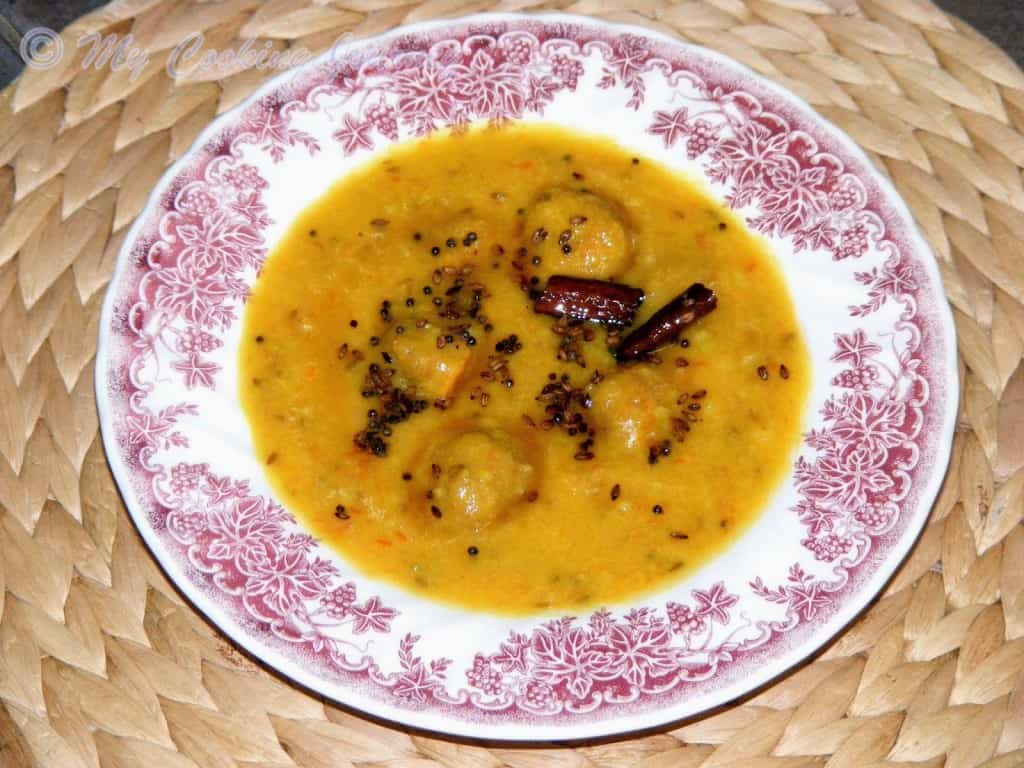
Horse gram (gahat) is a winter mainstay. Bhatt ki dal or Bhatt ki churkani uses black soybeans cooked into a thick gravy seasoned with garlic, cumin, turmeric. Dubuk is a slow‑cooked thick curry of horse gram flour & spices. Loaded with iron and fiber, accompanied by rice or millet flatbread to maintain warmth during chilly seasons.
🍛 Aloo Tamatar ka Jhol
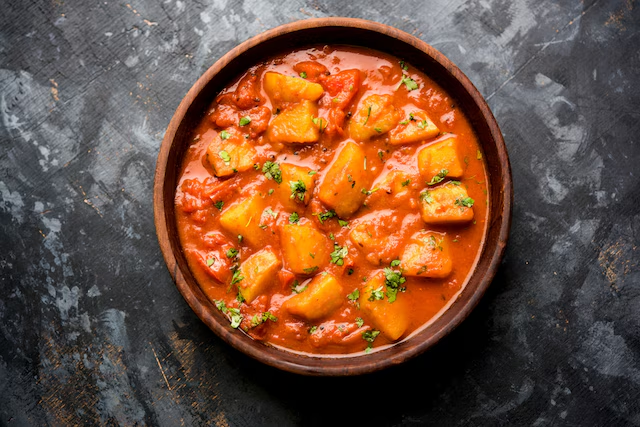
This homely curry of potatoes simmered in tomatoes and mild spices is a household comfort. Light but flavorful, easily paired with plain rice or poori for a nostalgic hill meal.
🍠 Kandalee ka Saag
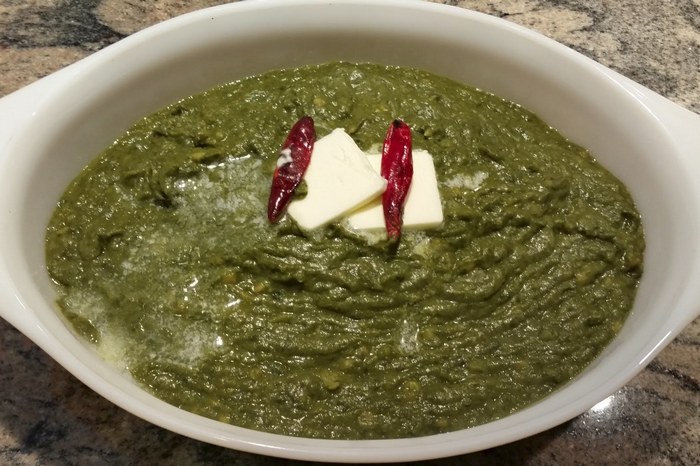
Made from stinging nettle (locally called kandalee or bicchu ghas), this wild green is cooked with spices (sometimes lentils) into a nutrient-laden saag. Rich in vitamins and unique in flavor—it defines the resilience of hill cooking.
🍚 Mandua ki Roti & Baadi
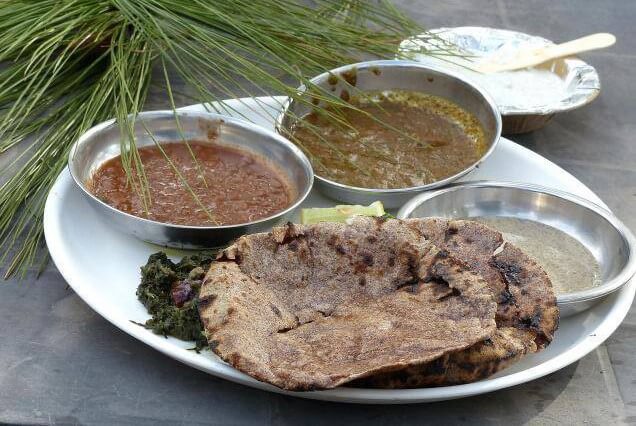
Mandua (finger millet) flour is shaped into rotis or dumplings (baadi). Mandua roti has a slightly nutty coarse texture, often eaten with ghee, jaggery, or spicy curries. Baadi is made from buckwheat or millet flour, served with curries or ghee—wholesome, gluten‑free, and deeply regional.
🥣 Kumaoni Raita / Bhangjeera Raita
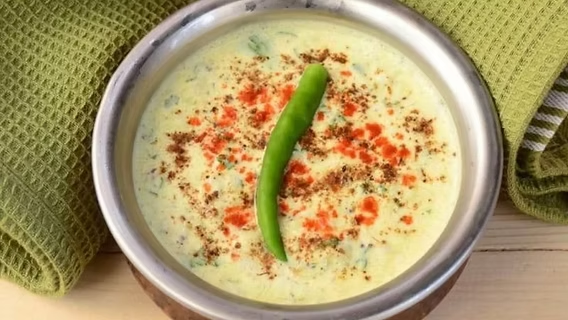
This cooling yogurt salad includes grated cucumber/radish mixed with perilla seeds (bhangjeera) or mustard seeds, turmeric, and mustard oil. Refreshing side that balances earthy and spicy flavors.
Sweets & Festive Favorites
🍫 Bal Mithai
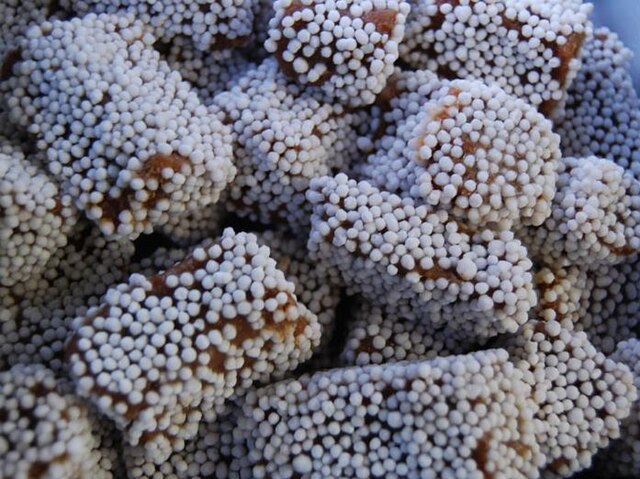
🍥 Singori (Singauri)
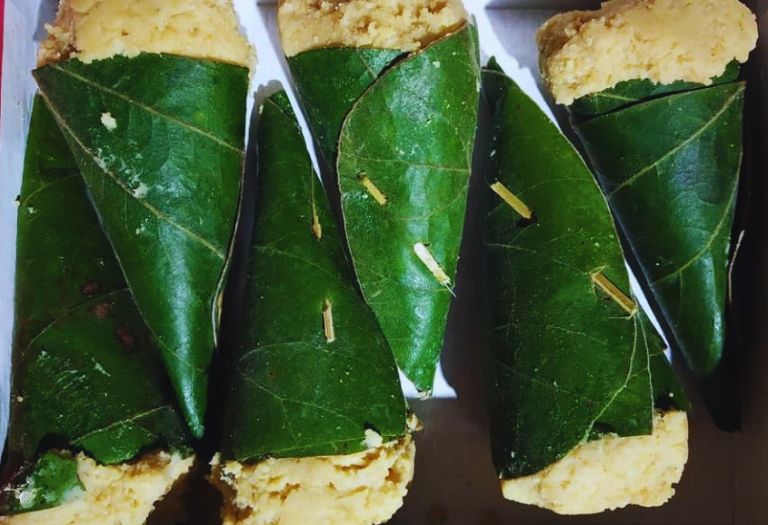
This cone‑shaped sweet is made from khoya mixed with coconut and cardamom, wrapped in maalu leaf (Bauhinia leaf). Commonly found in Almora and Tehri, it’s aromatic and delicate.
🍯 Jhangore ki Kheer
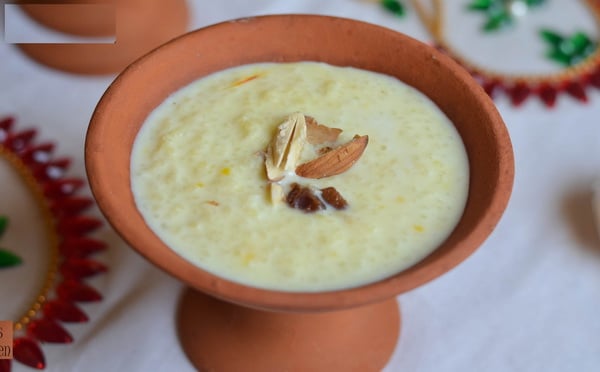
A creamy pudding made from barnyard millet, milk, sugar, raisins, and sometimes kewra or cardamom. Rich but light on local grains—often served during festivals or Fridays.
🍘 Arsa
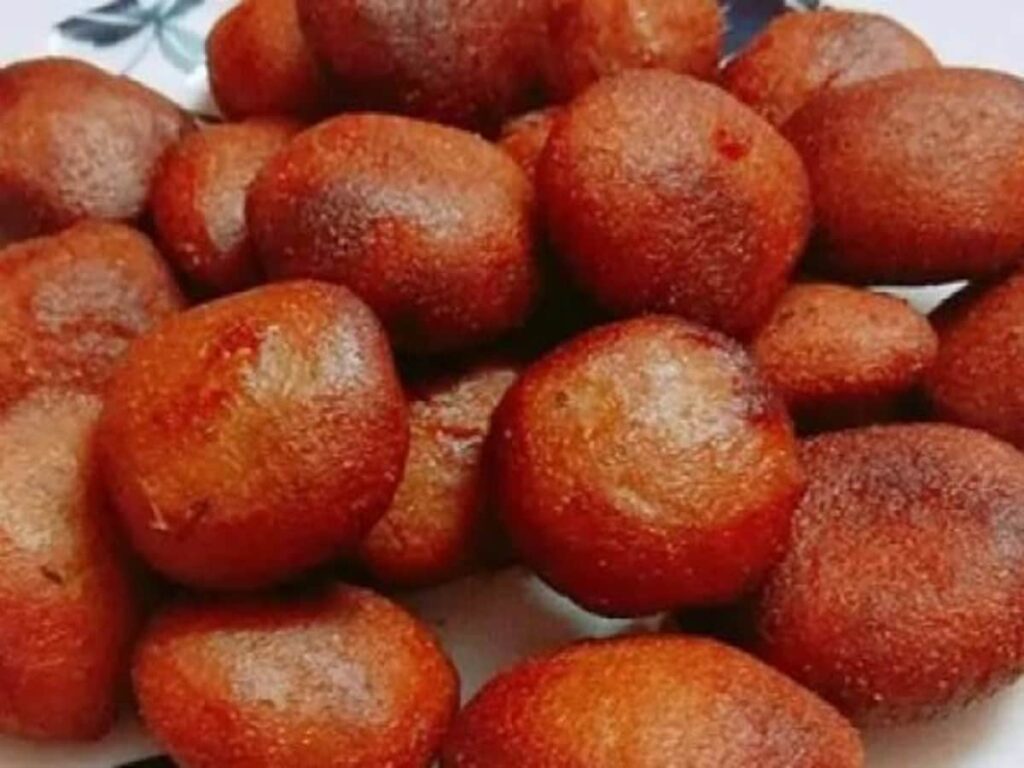
Traditional rice- and jaggery-based sweet fritter, deep-fried in ghee, chewy and slightly crisp. Made during weddings or offered in festive rituals.
Drinks, Condiments & Seasonal Extras
🍵 Buransh Juice
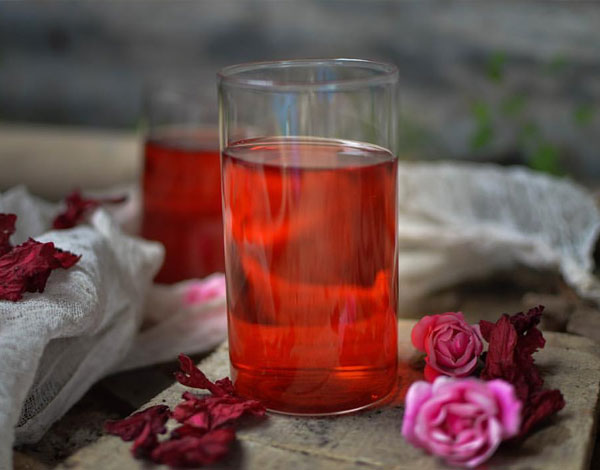
A sweet‑tart beverage made from rhododendron (buransh) flowers, bursting with vitamin C. Often collected in spring, it’s thirst-quenching and energizing.
🧂 Pisi Loon (Herb Salt Blend)
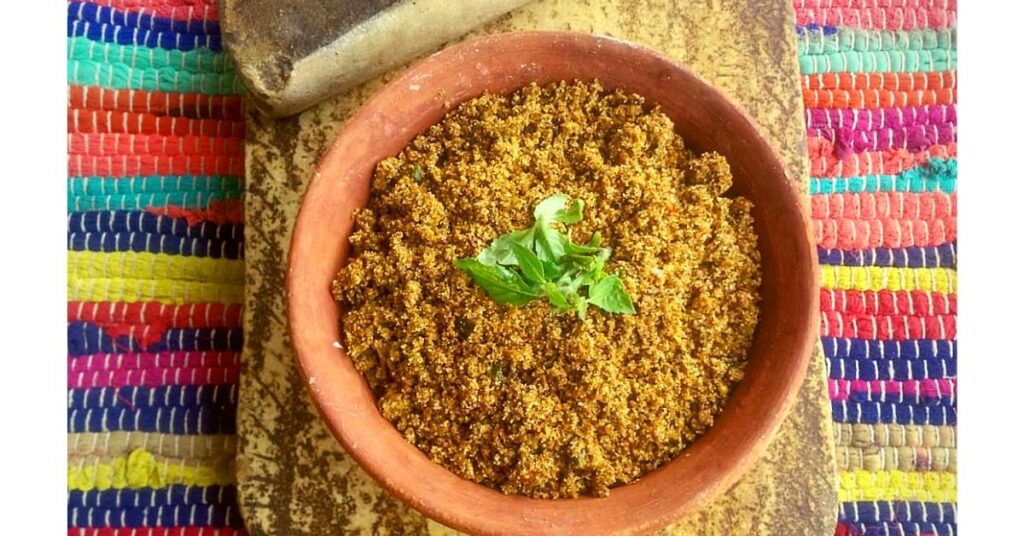
Salt ground with chilies, cumin, mint, coriander, or ginger—a flavorful and economical substitute for pure salt. Enhances the flavor of dull pulses or rice meals.
🌿 Bhang Ki Chutney
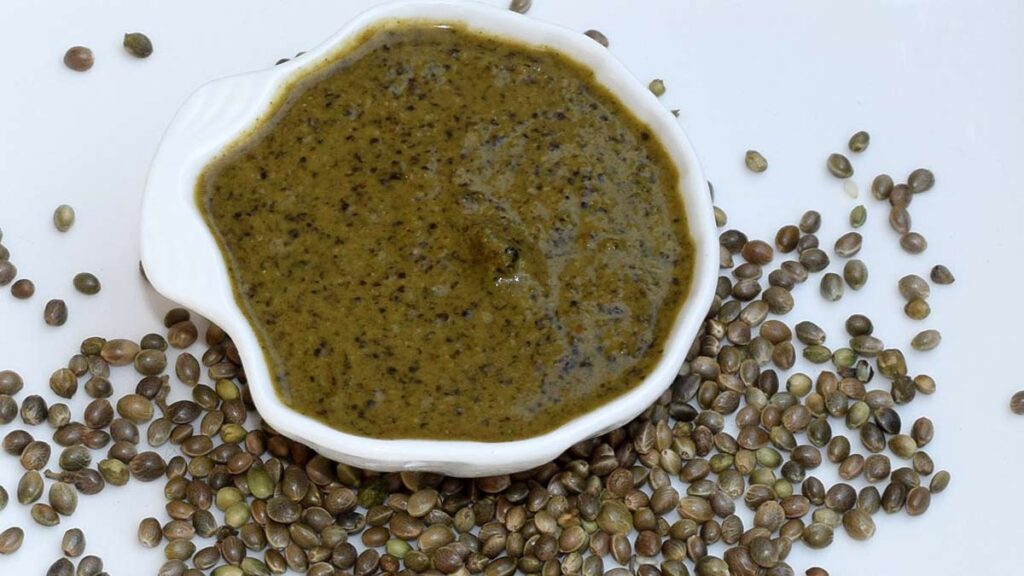
Food & Festivals: Culture Dish by Dish
Food in Uttarakhand is deeply tied to season and festivals. For example:
Makar Sankranti in Kumaon: households prepare Ghughutiya, sweet stuffed disks with jaggery & sesame, shaped into festive forms and deep-fried. They symbolize gratitude and community coming together.
Winter feasts: Heavier pulses like gahat, black gram and horse gram dominate menus for their warming properties. Dishes like chainsoo, dubuk, bhatt ki churkani, aloo gutke, and kafuli are winter staples—nutritious and warming.
Weddings & religious rituals often feature Arsa, Singori, and Bal Mithai as offerings or celebratory sweets.
Why Uttarakhand’s Food Matters
Sustainable & local: Foraging nettles, millets, pulses, buransh flowers and local herbs makes cooking climate-conscious and resourceful.
Nutrient-rich: Spinach, fenugreek, horse gram, millet and hemp seed deliver proteins, iron, vitamins—even medicinal benefits from foraged greens.
- Cultural continuity: Family recipes handed down across generations, maintaining local methods and seasonal rhythms
Rising culinary interest: Innovative Himalayan restaurants (like Naar in Himachal) are bringing global attention to dishes like millet noodles, endemic herbs, and locally inspired curries—reimagined with finesse.
Sample Uttarakhand Thali: A Winter Feast
If you ever host or experience a traditional Kumaoni/Garhwali thali, here’s what you may enjoy:
Staples: Mandua ki Roti, plain rice
Dals & Gravies: Kafuli; Gahat ki dal or Bhatt ki churkani; Phaanu or chainsoo
Vegetable & Potato Sides: Aloo ke gutke; Kandalee ka saag; Aloo tamatar ka jhol
Accompaniments: Kumaoni raita/bhangjeera raita; bhang ki chutney; pisi loon salt
Desserts & Snacks: Jhangore ki kheer; Bal mithai; Singori; Arsa or Gulthia fritters
Tips for Cooking Uttarakhand Food at Home
Source indigenous ingredients: Horse gram, chainsoo dal, barnyard millet, perilla seeds can be found in local organic stores or online.
Use iron cookware: A classic kadai brings authenticity to dishes like kafuli or dhal—adding slight mineral richness.
Soak lentils overnight: Especially for chainsoo, phaanu, and gahat dal to soften and release flavors.
- Temper properly: Jakhya seeds (if available), or mustard seeds, garlic, ginger—these impart vital fragrance.
Cook low and slow: Many dishes achieve depth—chainsoo or phaanu investing time for roasted lentils to exude full flavor.
Use minimal spices: Uttarakhand cuisine relies on natural taste of ingredients; let greens, pulses, ghee shine.
Modern Appeal: Uttarakhand’s Food Goes Global
Though simple in technique, the cuisine’s reliance on millets, pulses, leafy greens and wild herbs fits seamlessly into modern trends: plant-based, nutritious, foraged, sustainably-grown. Chefs in Himalayan kitchens are now reviving these dishes—sometimes deconstructed or modernized—introducing them to a broader audience that values authenticity with creativity.
Conclusion: Taste Uttarakhand’s Heart
Uttarakhand’s cuisine is not just food—it’s a narrative of mountain lives, seasons, survival, and celebration. Every dish tells a story of harmony with nature, ancestral wisdom, and resilience. Whether served in a family kitchen or a curated thali at a homestay, it remains warm, unpretentious, and nourishing—just like the hills themselves.
If you’d like recipe ideas, region-wise spotlights (Garhwal vs Kumaon), or pairing suggestions with local beverages, I’d be happy to help!
Lets explore Mussoorie – The Queen of the Hills
Lets take information about Mahindra cars